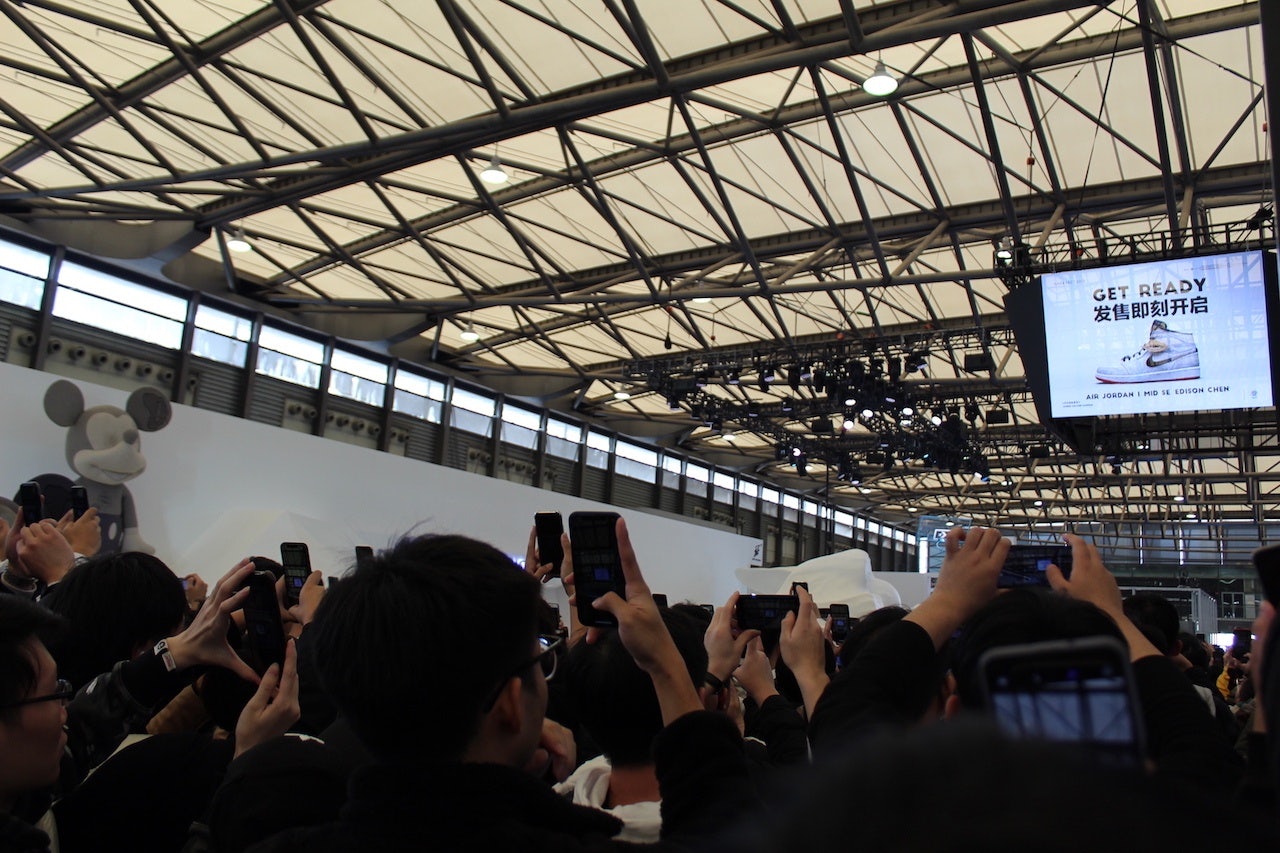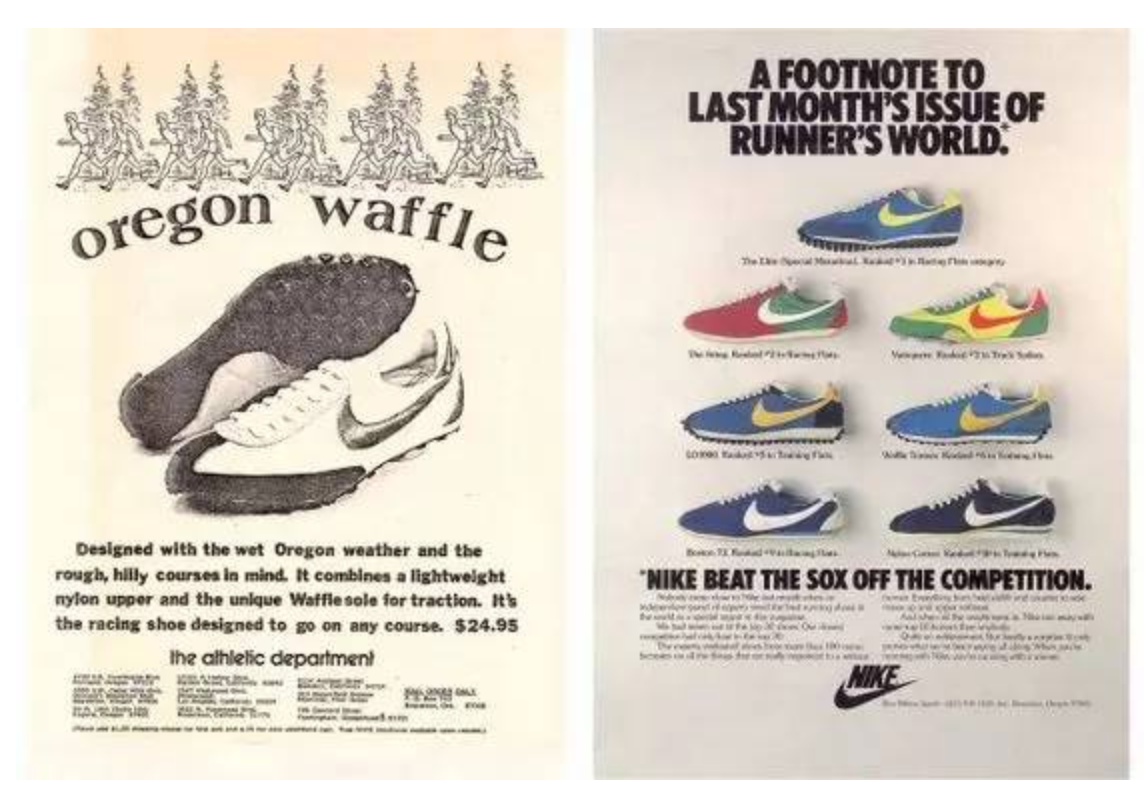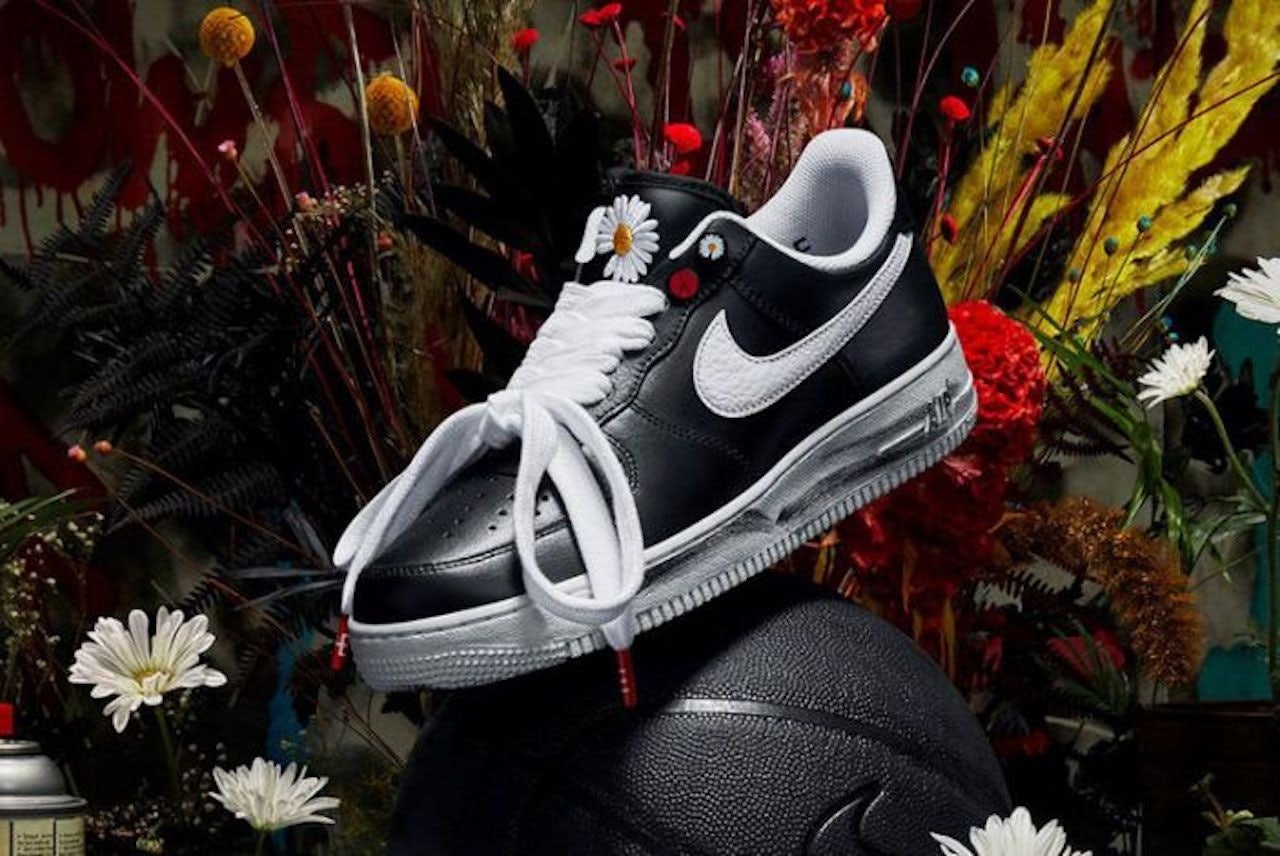It was two in the afternoon in Shanghai, and the hip, young crowd at China’s biggest street-culture convention, Innersect, was humming with energy. Much of the crowd were waving their phones in the air to scan a QR code on a massive screen — the only way to access exclusive product drops at the fair. Steven Wang, a 20-something student from Hangzhou, said he took a three-hour flight to win the Clot shoe drops, and he was stressed out. He’d been there since early that morning but still hadn’t won.

“Sneakerheads” like Steven lust over edgy footwear in much the same way a Hermès fan craves a new Birkin bag, but for millennial sneakerheads, traditionally prestigious names like Hermes, Dior, and Chanel are the old establishment. The social currency of today is streetwear and sneakers. Yet, interestingly enough, hot sneakers brands have a similar business profile to those storied luxury brands, offering exclusivity, high quality, and craftsmanship, but today’s young consumers clearly prefer the cool attitude of streetwear shoes. Jing Daily was at the show and interviewed some sneakerheads to figure out exactly why they prefer streetwear sneakers to luxury shoes.

Founder halo#
Like many sneakerheads, Steven became a fan of Clot because of its founder, Edison Chen. Streetwear brand founders often have a compelling — and rebellious — personal backstory that helps fuel the brand value, whether it’s college dropout-cum-rap superstar Kanye West building a music and sneaker empire (Yeezy) or Off-White founder/artist/DJ, Virgil Abhol, conquering the world of high fashion. In China, Chen is recognized as 'The Godfather' of streetwear. He began his career in China as a successful actor and singer only to have it derailed by a sex scandal in 2008. Ten years later, he started to build his streetwear brand, which went on to earn an annual turnover of 10 million by 2016. Chen’s comeback story helped give shape to the emerging spirit of Chinese hip-hop, showing that, despite obstacles, an underdog can rise up and gain success. Though hip-hop is still shunned by mainstream Chinese society, sneakers continue to thrive as a rebellious fashion statement.
Meanwhile, hyped luxury designers like Maison Margiela or Raf Simons attract equally obsessed fans, and brands have been trying to tap into their personal stories through online content and art exhibitions, but their influence isn’t as widespread as that of streetwear entrepreneurs.

Level of customization#
For sneakerheads, the spirit of sneakers comes from their freedom of expression, and this concept has changed the nature of the product. Today, sneakers have evolved to include multiple layers of customization. Sherry Lin, a self-professed sneakerhead since high school, pointed out the latest sneaker to take Chinese social media by storm: the ‘Para-Noise’ from Korean singer G-Dragon’s collaboration with Nike. “Every shoe is special,” Lin explained because it features a black, painted overlay that’s designed to slowly wear away over time and reveal a personal artwork by G-Dragon himself. But this customization idea is already deeply ingrained in Nike's DNA. NIKE iD by Nike is a service that allows customers to design their own Nike shoes and recognizes customization as an important part of its direct to consumer (DTC) strategy.

Amount of anecdotal information#
Yang Zheng, a basketball player who is also a Nike fan, recalled one of his favorite anecdotes about Nike: Their most expensive auctioned sneaker, the Waffle Shoe, was made by Bill Bowerman, who used his wife's waffle iron to create a new kind of running shoe with waffle-patterned soles. “This is interesting to me and reflects Nike’s innovative spirit,” he said. Sometimes, a brand can use this organic information as a marketing strategy. Vans fans, for instance, created videos of how their Vans shoes always land on their soles, no matter how many times they’re flipped (if they don’t, they’re clearly fake.) A heavier sole design might explain why Vans always land top-side up, as they are designed for cushioning the impact of skateboarding. The sneaker company smartly used this information for its #vanschallenge on Douyin, which generated tons of organic interactions with fans.
Design elements like these are what real sneaker fans obsess over. Just as vintage collectors of luxury brands can trace the production year of a Chanel bag by its design, so too can sneaker collectors offer an oral history of their collections. And as each collector progresses, they grow specialized in their favored area, becoming brand historians. These stories run through thousands of online forums and fan groups, fueling the sneaker subculture even more and helping to sustain the brand’s lifeline.
What can luxury brands learn?
- Initiate collaborations with sneaker brands via an authentic approach. Instead of hyping a joint-logoed, one-off collaboration like Prada x Adidas or Dior x Nike, dive deep into the brand history to create a compelling story.
- Dare to give consumers control. Brands can consider making the products a blank canvas for fans to create meaningful pieces.
- Co-create with a KOC (key opinion consumer). As consumers increasingly treat their vintage buys as collectible goods, co-create with them to share the brand history.

